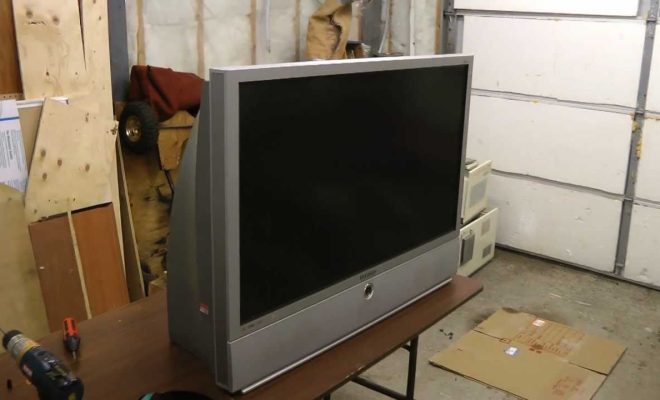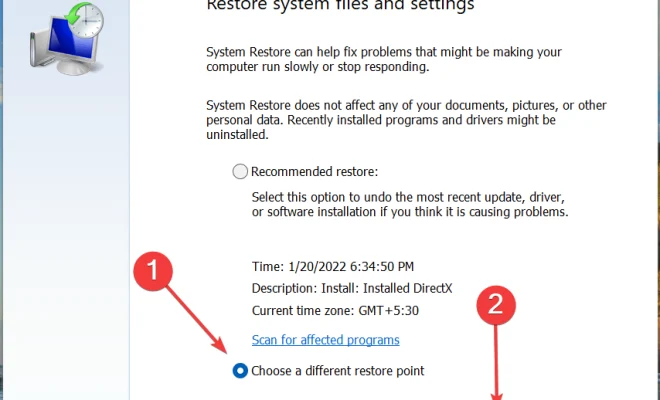What Is a Rear Projection TV?

A rear projection TV, also known as a rear-projection television, is a type of TV that projects an image onto a screen from behind. It is a technology that was popular in the 1990s and early 2000s but has since been largely phased out by newer technologies such as LCD and LED displays.
There are three main types of rear projection TVs: CRT, LCD, and DLP. CRT (cathode ray tube) was the earliest and most common type of rear projection TV, and it used a system of three colored tubes to project an image onto a screen. LCD (liquid crystal display) rear projection TVs use a similar system, but with LCD technology instead of CRTs. DLP (Digital Light Processing) rear projection TVs use a different technology altogether, using tiny mirrors to reflect light onto the screen.
One of the main advantages of rear projection TVs is their large screen size. Because the technology involves projecting an image onto a screen, rear projection TVs can be much bigger than traditional CRT or LCD displays, making them ideal for home theaters or other applications where a large screen is desired.
However, there are some downsides to rear projection TVs as well. One of the biggest is their size and weight. Rear projection TVs can be extremely heavy and difficult to move, making them challenging to set up and install. They also tend to be less energy-efficient than newer technologies, which can result in higher electricity bills over time.
Despite these drawbacks, rear projection TVs remain a popular choice for some consumers, particularly those who value large screen sizes and high-quality image reproduction. For those who are in the market for a new TV, it’s important to consider all the available options and choose the technology that best meets your needs and preferences.






